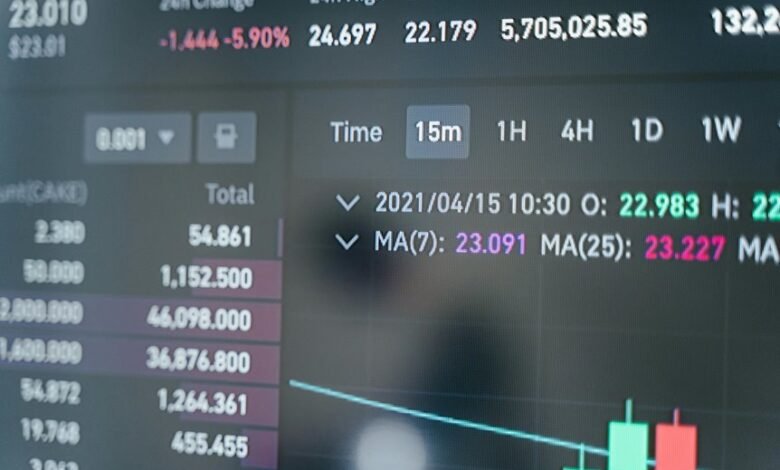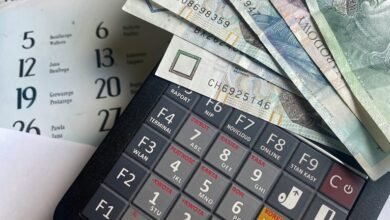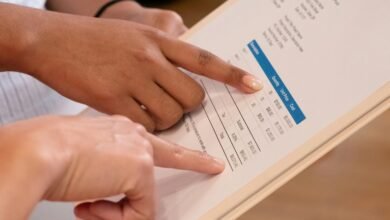Uncover the Facts About 18009266944, 18554262764, 18665375162, 220018021, 223150900, 280016506

The phone numbers 18009266944, 18554262764, 18665375162, 220018021, 223150900, and 280016506 represent significant facets of customer service communication. Each number serves a distinct purpose, yet their collective impact on consumer interactions raises important questions. How do these numbers influence trust and service efficiency? Furthermore, what underlying patterns in consumer behavior do they reveal? Understanding these dynamics could reshape perceptions of customer service in profound ways.
Understanding the 18009266944 Phone Number
What purpose does the phone number 18009266944 serve in today’s communication landscape?
Primarily associated with customer service, it is a beacon for those seeking assistance.
However, its efficacy is often overshadowed by a flood of scam alerts.
This raises pertinent questions about the reliability of such numbers in fostering genuine communication and protecting consumers from fraudulent activities in an increasingly digital world.
Insights on 18554262764 and Its Purpose
The phone number 18554262764 emerges as another significant player in the realm of customer service communication. Its primary function appears to be call verification, ensuring that interactions are legitimate and secure.
However, questions arise about the effectiveness and transparency of such services. Are customers truly protected, or does this system merely serve to bolster corporate interests at the expense of individual freedom?
Examining the 18665375162, 220018021, 223150900, and 280016506 Numbers
A closer examination of the phone numbers 18665375162, 220018021, 223150900, and 280016506 reveals a complex landscape of customer interaction and service protocols.
The significance of these numbers lies not only in their function but also in the caller identity they represent. Scrutinizing their usage can uncover patterns in consumer behavior, revealing deeper insights into the relationship between service providers and customers seeking autonomy.
Conclusion
In a world where numbers dictate the flow of customer service, it’s ironic that the very tools designed to enhance communication often obfuscate it. While 18009266944 promises assistance and 18554262764 claims to verify security, one must wonder if these digits truly foster transparency or merely serve as a facade. As consumers navigate this numerical maze, the question remains: are these numbers helping or hindering meaningful interactions? Perhaps the real mystery lies not in their purpose, but in their execution.





